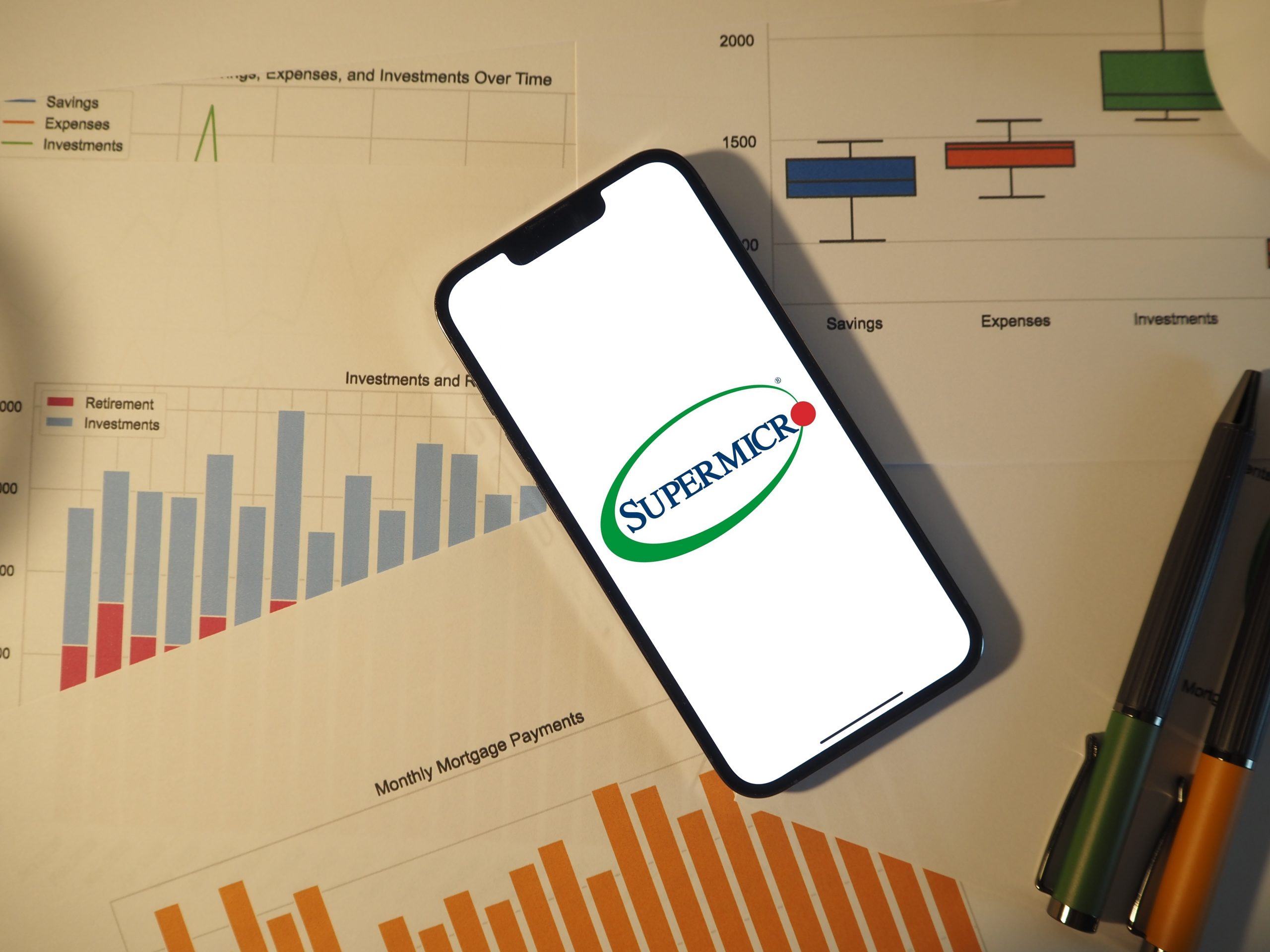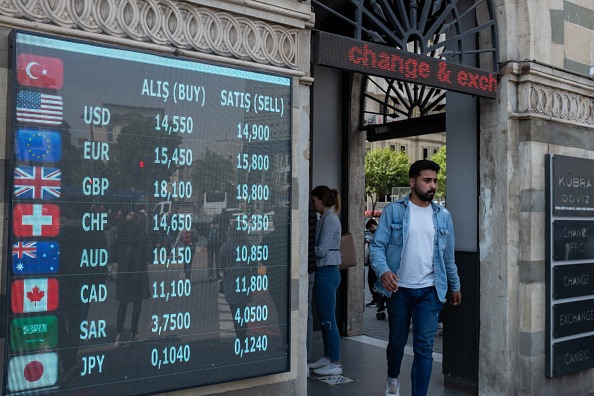Oversold, Overlooked and Undervalued: The Bull Case for Wheat
Grain prices are in the gutter … but maybe not for long

- Wheat prices have fallen sharply from their pandemic highs, with futures now trading about $5.30 per bushel.
- While bearish sentiment dominates, but Chinese purchases and bad weather in Russia suggest the downside could be limited.
- For investors contemplating a rebound, futures and exchange-traded funds offer exposure to the commodities market.
- A wheat setup is looking increasingly attractive to contrarians.
Wheat prices are near five-year lows, weighed down by a steady stream of negative headlines. But that’s precisely what makes this setup so intriguing. From oversupply to tariff tension, the risks are priced into the commodity. So what happens when the tide shifts? Let’s consider why wheat could be primed for a contrarian rebound — and how traders can play it.

At about $5.30 per bushel, wheat prices are less than half of what they were in 2022, when Russia’s invasion of Ukraine sent shockwaves through global grain markets and futures briefly spiked near $12. Back then, fear of prolonged supply disruptions in Ukraine, a top wheat exporter, drove the Teucrium Wheat Fund (WEAT) above $11.50 per share. Today, the wheat exchange-traded fund (ETF) trades below $5 — a sobering reversal that reflects not panic, but persistent pressure from oversupply, sluggish export demand and growing concern about the global economy.
This year’s forecasts of a big crop were one factor in the recent downturn. The US Department of Agriculture (USDA) projects the nation will grow 2.83 billion bushels of soybeans for the 2025–26 marketing year, an increase from last year. While planted acreage is only slightly higher, carryover stocks are building, and marketing activity remains weak. In March, analysts estimated less than 5% of the 2025 crop had been sold — well below normal levels. That raises the risk that a glut of wheat could hit the market this year. Global inventories are also ample, bolstered by expectations for solid crops in Russia and Australia. Together, these dynamics contributed to a fundamentally bearish backdrop.
Layered on top of this supply-driven pressure are broader macro headwinds. Worries about a potential global recession and persistent trade friction — particularly around new tariffs between the US and Canada — have also weighed on prices. In some areas, producers are now considering whether to cut their wheat for hay or allow livestock to graze their wheat fields instead of harvesting them for grain. It’s easy to understand they may not want to sell the gran because prices in the cash market hover near the cost of production. That economic calculus where selling becomes a last resort is yet another bearish signal.
But it’s often profitable to adopt a contrarian stance, especially when sentiment leans overwhelming in one direction. And there are signs better times may lie ahead for wheat prices. For example, China has become more active in the global wheat market, purchasing several hundred thousand metric tons of wheat from Australia and Canada amid rising fears of domestic crop damage.
Similarly, there’ve been whispers that Russia’s winter wheat output may not be as robust as previously believed. And if global growing conditions are suboptimal in late spring, it could trigger a supply shock, especially with global inventories already thin in some regions.

How to trade a potential reversal in wheat prices
Wheat isn’t the only crop under pressure. Agricultural commodity prices have slumped from their 2022 wartime highs, as global markets have recalibrated from supply shocks, demand erosion and the broader deflationary drag of slowing economic growth. Soybeans, for example, are now trading around $10.50 per bushel, down sharply from the 2022 peak of over $17. Before the pandemic, soybeans were trading below $9 per bushel, indicating where prices could go if bearish sentiment continues, Corn tells a similar story. At $4.50 per bushel, prices are also far off the 2022 spike above $8, but remain well above the sub-$3 levels seen pre-COVID.
In this context, wheat’s price near $5.30 per bushel aligns with the broader pullback across the grain complex. The sharp decline in agricultural commodities reflects improved global production and fading fear of supply disruption. But current prices may be overlooking upside catalysts, such as a rebound in global economic growth, that could lift demand for food and biofuels. Moreover, much like corn and soybeans, wheat appears to be nearing a level where further downside may be limited, especially as producers’ margins come under increasing pressure.
Investors looking to position for a recovery in wheat can use two primary vehicles: futures contracts and exchange-traded funds. A standard Chicago Board of Trade (CBOT) wheat futures contract represents 5,000 bushels, giving it a notional value of about $26,500 at current prices. While initial margin requirements vary, they typically range from $1,500 to $2,000 per contract — offering capital efficiency but also significant leverage. For those seeking a simpler, lower-risk alternative, the Teucrium Wheat Fund (WEAT) provides exposure to a diversified basket of wheat futures in ETF form. With shares trading below $5, it’s an accessible option for retail investors looking to scale into the trade without committing substantial capital.
For example, a trader might buy one front-month wheat futures contract at $5.30 per bushel, targeting a $1-per-bushel rally. That move would yield a $5,000 gain on a $26,500 notional position, but it also carries equally significant downside risk. Alternatively, an investor could purchase 500 shares of the WEAT ETF for around $2,500, offering meaningful upside if wheat prices rebound, but with risk limited to the original capital invested.

Takeaways: why long wheat deserves a closer look
Wheat prices are trading near multi-year lows, but the story may be less about collapse and more about compression. That sets the stage for a potential mean reversion move. The broader ag complex has already seen massive price resets since the 2022 spike, and with wheat futures at $5 per bushel, downside may be limited by breakeven economics for producers and multi-year support levels in the grains complex.
This isn’t a typical momentum play. Instead, wheat offers a contrarian opportunity for patient investors willing to look past the oversupply narrative. A resolution to tariff disputes, a rebound in global growth or even modest weather disruptions in key regions like Russia or the US could all ignite a move higher. As such, the risk-reward skew here is unusually attractive—sentiment is negative and prices are depressed, but the fundamentals are no longer deteriorating at a rapid pace.
For those seeking exposure, both the futures market and the wheat ETF offer viable paths—depending on capital, risk tolerance and time horizon. Futures provide leverage and flexibility, while ETFs offer relative simplicity. Either way, having this trade on the radar—if not in the portfolio—makes sense as we enter a seasonally sensitive period for crops and policy alike.
Contrarian investing often means stepping into uncomfortable narratives before they change. Wheat, battered by surplus and macro headwinds, may be one of those stories that looks obvious in hindsight. The setup is there. The catalyst just hasn’t arrived — yet.
Andrew Prochnow, Luckbox analyst-at-large, has traded the global financial markets for more than 15 years, including 10 years as a professional options trader.
For live daily programming, market news and commentary, visit tastylive or the YouTube channels tastylive (for options traders), and #tastyliveTrending for stocks, futures, forex & macro.
Trade with a better broker, open a tastytrade account today. tastylive Inc. and tastytrade Inc. are separate but affiliated companies.



















